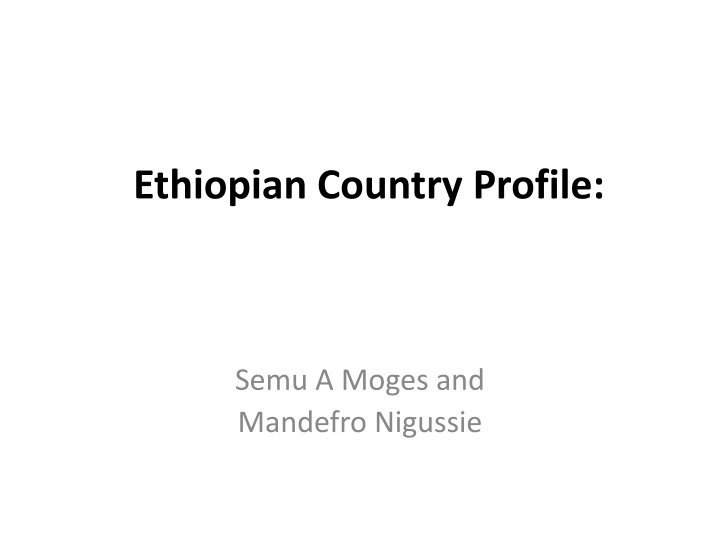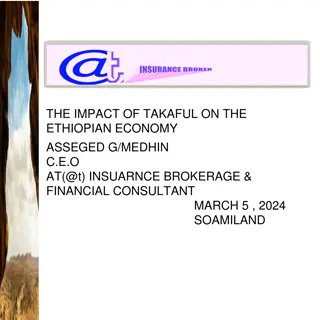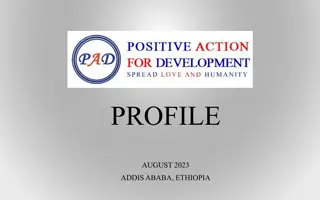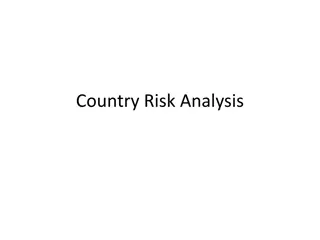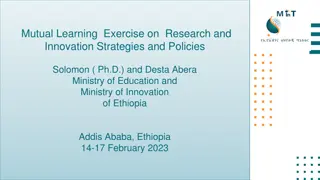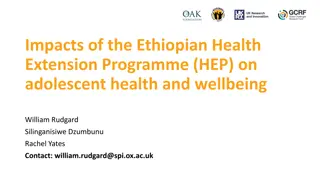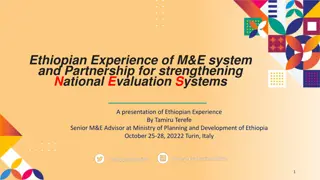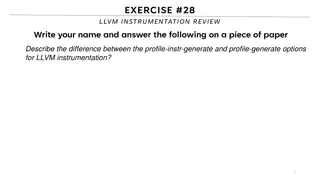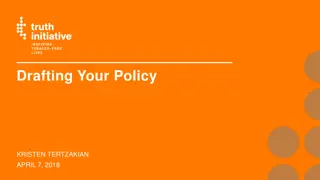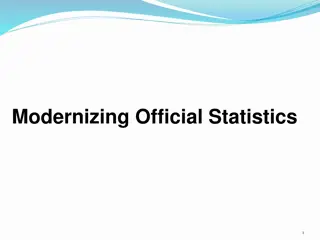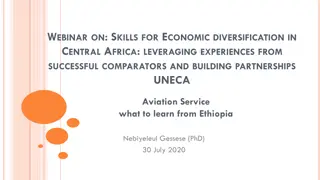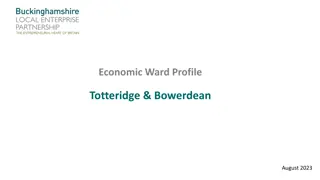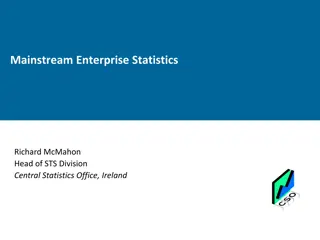Ethiopian Country Profile: Key Statistics and Policies
This profile provides an overview of Ethiopia's population, economy, environment, climate, and national policies. It covers aspects such as population growth, poverty rates, energy usage, forest cover, and government strategies for development.
Download Presentation

Please find below an Image/Link to download the presentation.
The content on the website is provided AS IS for your information and personal use only. It may not be sold, licensed, or shared on other websites without obtaining consent from the author.If you encounter any issues during the download, it is possible that the publisher has removed the file from their server.
You are allowed to download the files provided on this website for personal or commercial use, subject to the condition that they are used lawfully. All files are the property of their respective owners.
The content on the website is provided AS IS for your information and personal use only. It may not be sold, licensed, or shared on other websites without obtaining consent from the author.
E N D
Presentation Transcript
Ethiopian Country Profile: Semu A Moges and Mandefro Nigussie
Country Profile Major Characterstics 1990 48.06 3.4 2000 66.44 2.9 2010 87.56 2.6 2015 99.39 2.5 Population, total (millions) Population growth (annual %) Surface area (sq. km) (thousands) 1,221.90 1,104.30 1,104.30 1,104.30 Population density (people per sq. km of land area) 43.6 66.4 87.6 99.4 Poverty headcount ratio at national poverty lines (% of population).. GNI, Atlas method (current US$) (billions) GNI per capita, Atlas method (current US$) Environment 44.2 8.28 120 29.6.. 33.25 380 12.29 260 58.86 590 Annual freshwater withdrawals, total (% of internal resources).. 4.6 6.4 8.6 Improved water source (% of population with access) 13 29 48 57 Improved sanitation facilities (% of population with access) Urban population growth (annual %) 3 9 22 5 28 4.8 5.4 4.2 Energy use (kg of oil equivalent per capita) CO2 emissions (metric tons per capita) 477 0.06 477 0.05 487 0.08 499 0.11 Electric power consumption (kWh per capita) 23 23 48 70 Economy GDP (current US$) (billions) GDP growth (annual %) 12.18 2.7 8.24 6.1 29.93 12.6 61.54 9.6 Source: World Development Indicators database Figures in blue refer to periods other than those specified.
Country Profile: Population Growth From 1960 to 2010 population growth is 4 times 85 % is rural population related to farming and livestock raising
Country Average monthly Temperature and Rainfall from 1901-2015 Annual Rainfall Map Seasonal Rainfall Variations
Land and Forest degradation Forest Cover Reduced from 16% in 1950s to 2.2% in 2000
National Policy, strategy & plan Policy: Free Market Economy Free Market Economy Strategy: : ADLI ADLI year cycle) Policy Strategy Plans (Five Plans (Five- -year cycle) 2001 2001: Poverty reduction, (PRSDP) : Poverty reduction, (PRSDP) 2005: Poverty eradication, (PASDEP) 2005: Poverty eradication, (PASDEP) 2010: Growth & transformation, (GTP) 2010: Growth & transformation, (GTP) 2016 2016- -2020, GTP 2020, GTP- -II II Middle income country, 2025 Middle income country, 2025
